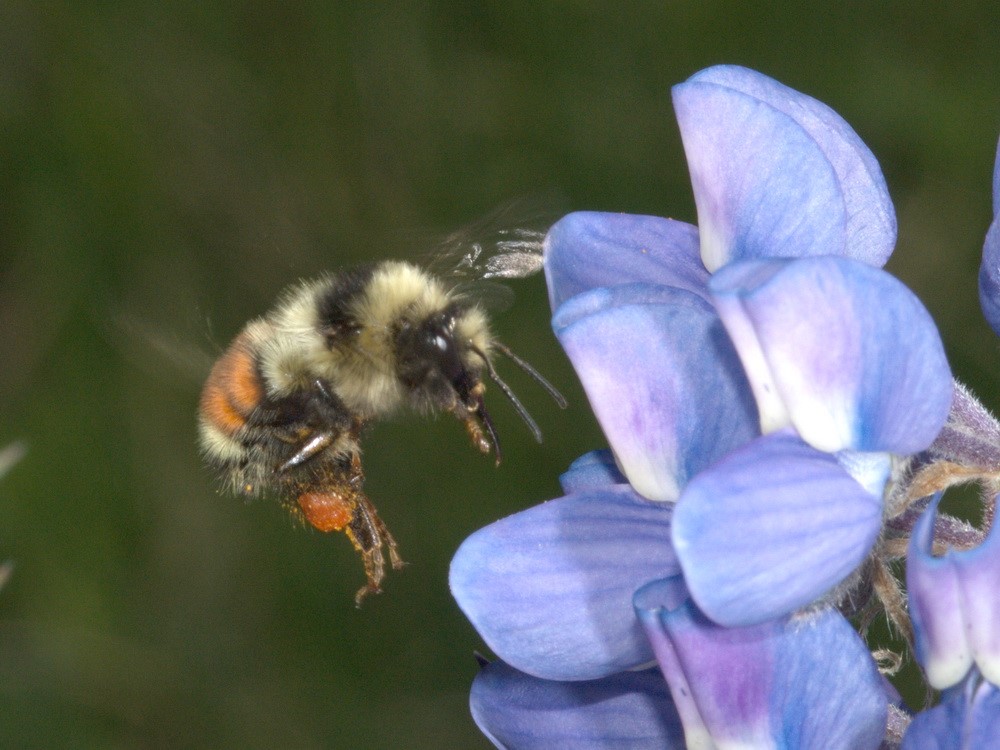Endosymbionts that threaten commercially raised and wild bumble bees (Bombus spp.)
DOI:
https://doi.org/10.26786/1920-7603(2023)713Keywords:
parasites, pathogens, Bombus, bumble bee, symbiontsAbstract
Bumble bees (Bombus spp.) are important pollinators for both wild and agriculturally managed plants. We give an overview of what is known about the diverse community of internal potentially deleterious bumble bee symbionts, including viruses, bacteria, protozoans, fungi, and nematodes, as well as methods for their detection, quantification, and control. We also provide information on assessment of risk for select bumble bee symbionts and highlight key knowledge gaps. This information is crucial for ongoing efforts to establish parasite-free programs for future commerce in bumble bees for crop pollination, and to mitigate the problems with pathogen spillover to wild populations.

Downloads
Published
How to Cite
Issue
Section
License
Copyright (c) 2023 Laura L. Figueroa, Ben M. Sadd, Amber D. Tripodi, James P. Strange, Sheila R. Colla, Laurie Davies Adams, Michelle A. Duennes, Elaine C. Evans, David M. Lehmann, Heather Moylett, Leif Richardson, James W. Smith, Tamara A. Smith, Edward M. Spevak, David W. Inouye

This work is licensed under a Creative Commons Attribution 4.0 International License.
JPE is an open access journal which means that all content is freely available without charge to the user or his/her institution.
Authors who publish with this journal agree to the following terms:
1) Authors retain copyright and grant the journal right of first publication with the work simultaneously licensed under a Creative Commons Attribution License that allows others to share the work with an acknowledgement of the work's authorship and initial publication in this journal.
2) Authors are able to enter into separate, additional contractual arrangements for the non-exclusive distribution of the journal's published version of the work (e.g., post it to an institutional repository or publish it in a book), with an acknowledgement of its initial publication in this journal.
3) Authors are permitted and encouraged to post their work online (e.g., in institutional repositories or on their website) prior to and during the submission process, as it can lead to productive exchanges, as well as earlier and greater citation of published work (See The Effect of Open Access).
To assure a broader targeted audience, content will be included into databases (such as EBSCO) and directories (such as DOAJ).











